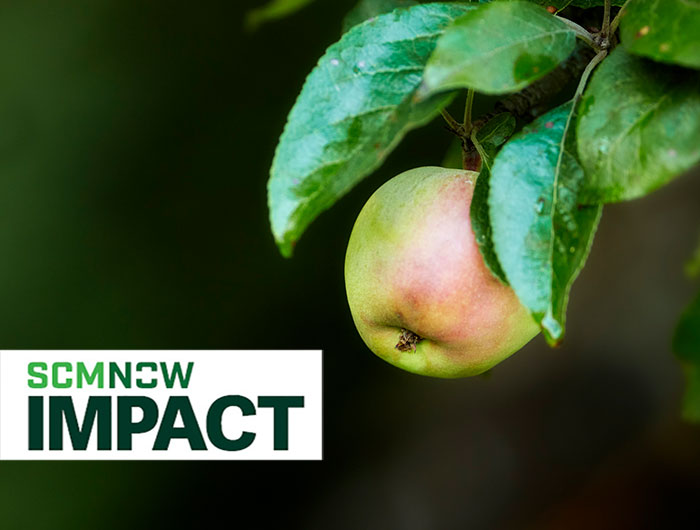In a world crowded with gimmicky video games and battery-required toys, there’s still one tried-and-true pastime: the LEGO. The humble little blocks amuse kids and adults alike for hours — and have been doing so since 1932. The enduring brilliance of LEGO stems from its open-ended design. With just a bit of creative thinking, the construction possibilities are infinite. And now, the LEGO Group is doing some construction of its own: The company has announced that it will break ground on its first U.S. factory later this year. Once operational, the facility will support about 2,000 jobs in Chesterfield County, Va., and be carbon neutral.
This $1 billion investment is part of the LEGO Group’s supply chain strategy to locate manufacturing near major markets, which can cut lead times to just a few weeks. Increasing complexity, the rising cost of energy and intense supply chain risk have compelled many organizations to consider reshoring or nearshoring. But for the LEGO Group, this is a strategy it’s been pursuing for at least a decade. It really paid off during the pandemic, when having a shorter supply chain enabled the company to mitigate delays and disruption.
The LEGO Group currently has factories in Denmark, the Czech Republic and Hungary, which supply Europe, the Middle East and Africa; in China, supplying Asia; and in Monterrey, Mexico, which has supplied the Americas since moving operations there from Connecticut — still home to its North American headquarters — in 2006. The company also plans to build a factory in Vietnam in response to the double-digit growth experienced in Asia since 2019. Construction on this facility, which also will be carbon neutral, will start in 2024.
The Virginia site places production near country-wide transportation networks and enables the business to colocate a solar power plant to match 100% of the facility’s day-to-day energy needs. In December 2020, the LEGO Group committed to reducing its carbon emissions by 37% by 2032, in line with the Paris Agreement. At the time, company executives said 90% of its emissions came from its supply chain, including raw materials and distribution.
The new facility will rely on fossil fuels when the sun isn’t shining. But the goal of its solar panel production is to minimize, and ultimately offset, any reliance on nonrenewable energy.



